Whitetails consistently elude both man and beast because of five factors. Here they are, in order of importance.
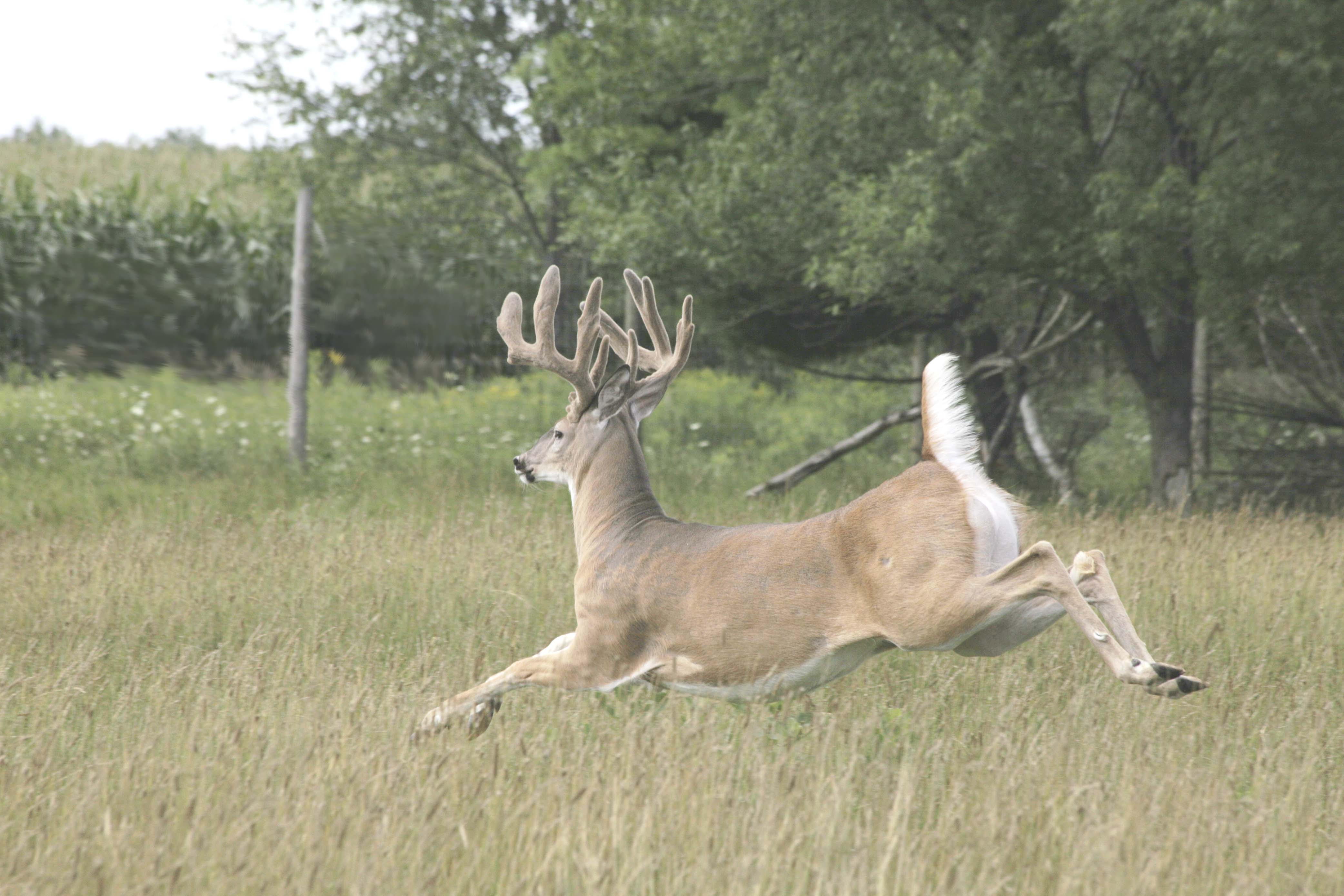

Whitetails consistently elude both man and beast because of five factors. Here they are, in order of importance.
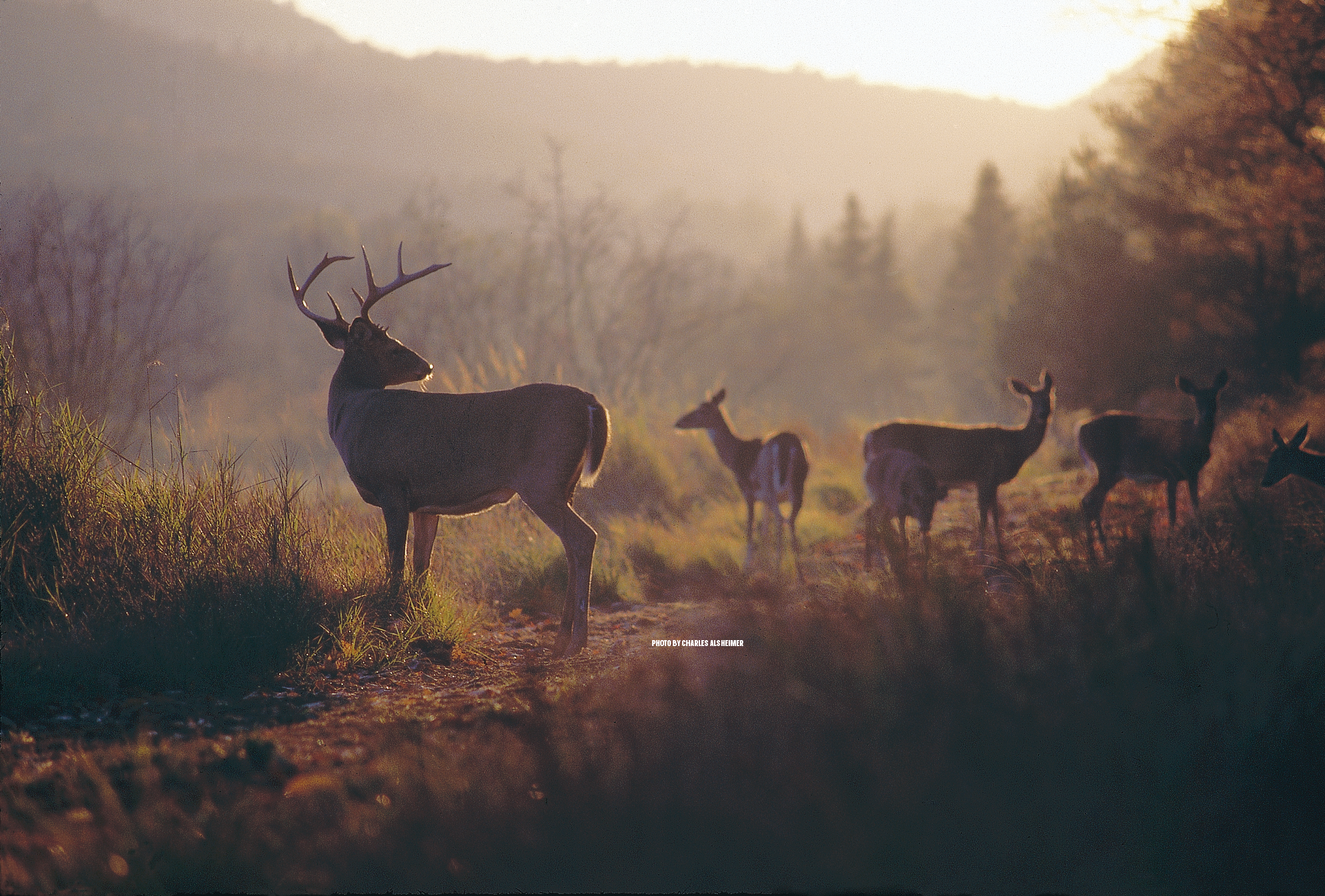
Alsheimer’s annual Northern rut prediction forecast was among his most popular — and most misunderstood — contributions to the deer hunting community.
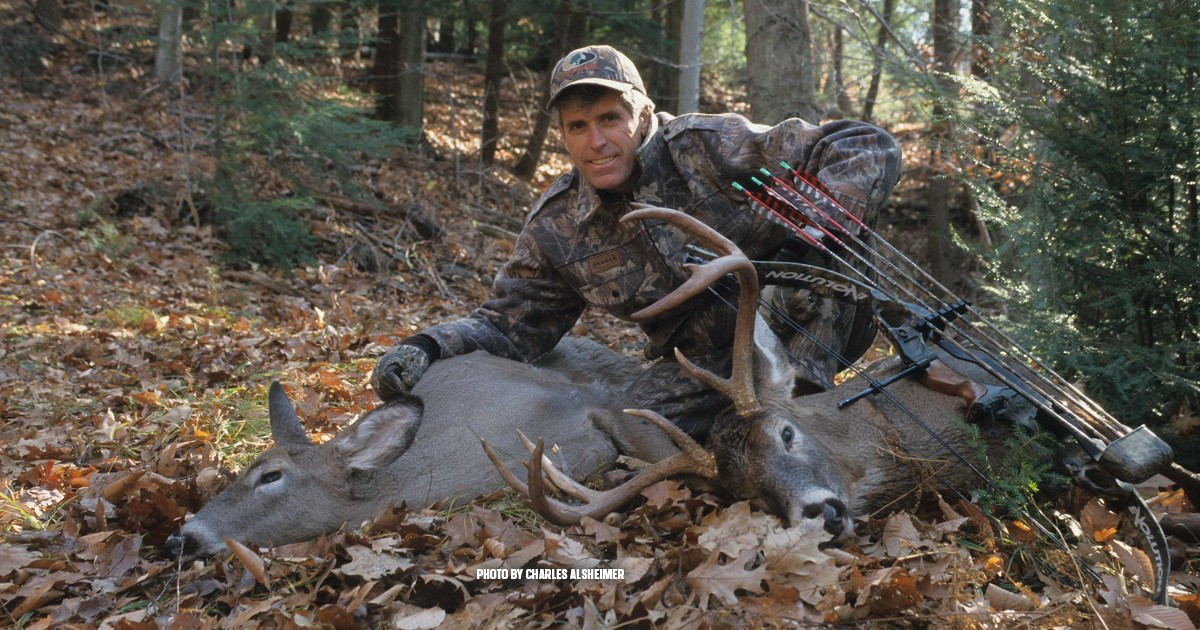
Along with practicing QDM, Alsheimer was one of the first food-plot practitioners north of the Mason-Dixon line.

Alsheimer was one of the first people to implement QDM. Here’s what he learned from practicing this management style on 160 acres.

As the rutting moon arrives and the rut intensifies, three distinct types of scrapes show up: boundary, random and primary.
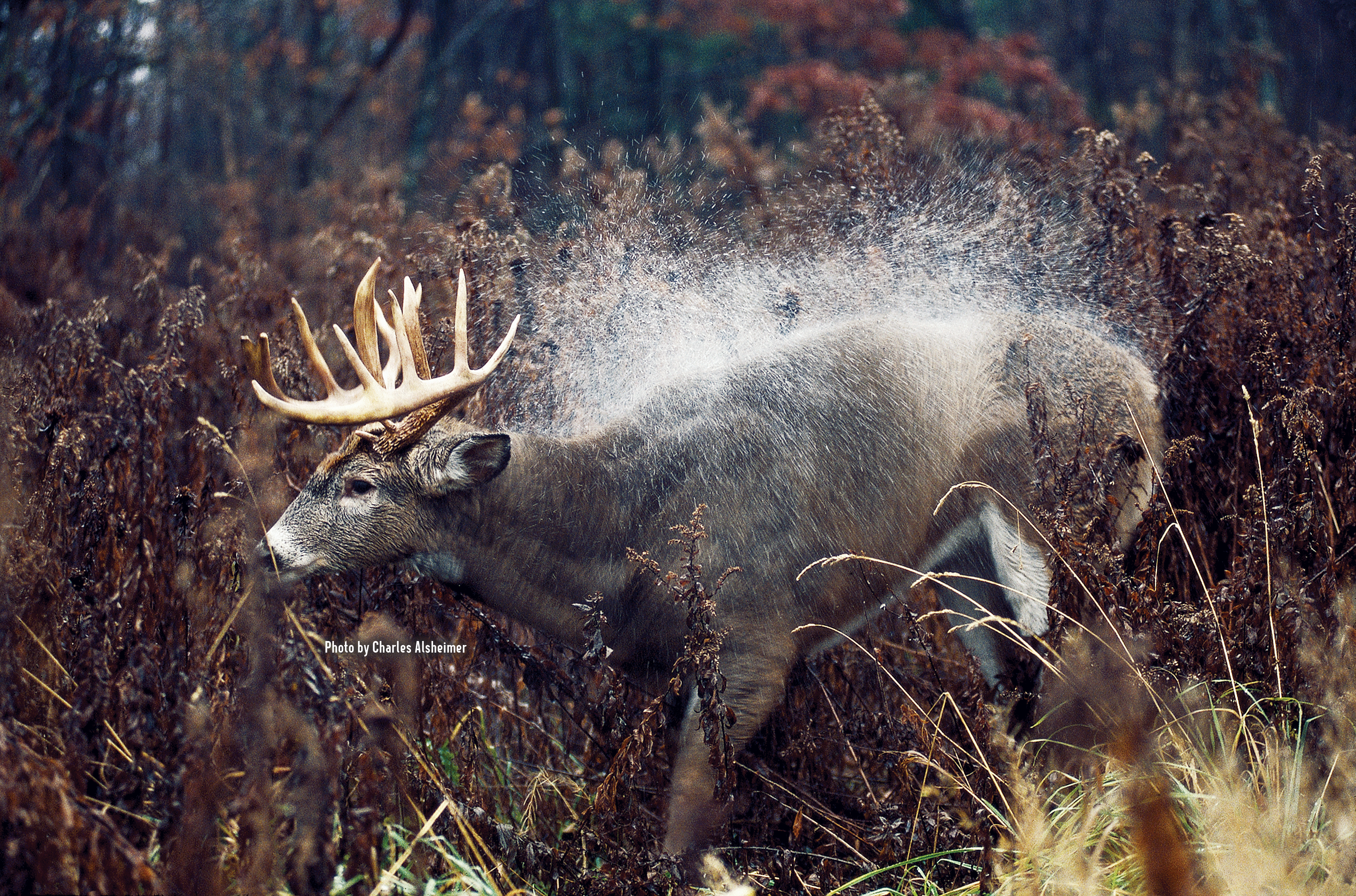
These insights on weather and how it affects deer movement teach how you can better maximize your time afield.

Take a walk down memory lane with R.G. Bernier and Charlie Alsheimer as they track big bucks.
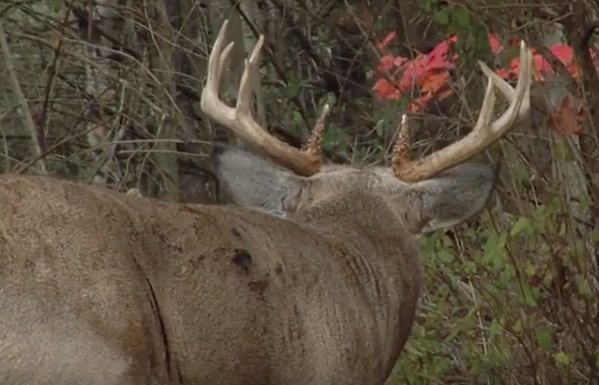
If you have ever seen a deer engage in this behavior, you would correctly assume that it is most often conducted during the rut. However, this isn’t the only time of year deer do it, and — even more bizarre — bucks aren’t the only ones that engage in the scent-making and marking exercise. Yes, […]

Understanding the growth cycle of a whitetail deer helps grow big bucks. Plus, learn about planting beneficial food sources.
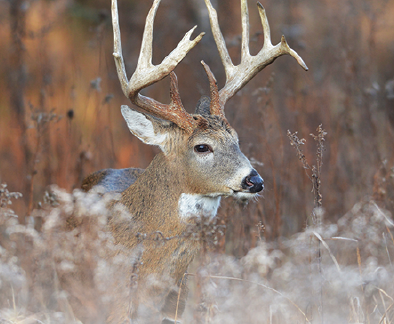
Contrary to what some might think, whitetails are not difficult to understand. They have basic needs that center around food, water, cover and their physiology. How deer move within their core areas depends largely on pressure from predators (man and animal); their food’s proximity to bedding cover; their environment (weather, temperature, etc.) and their physiology. […]